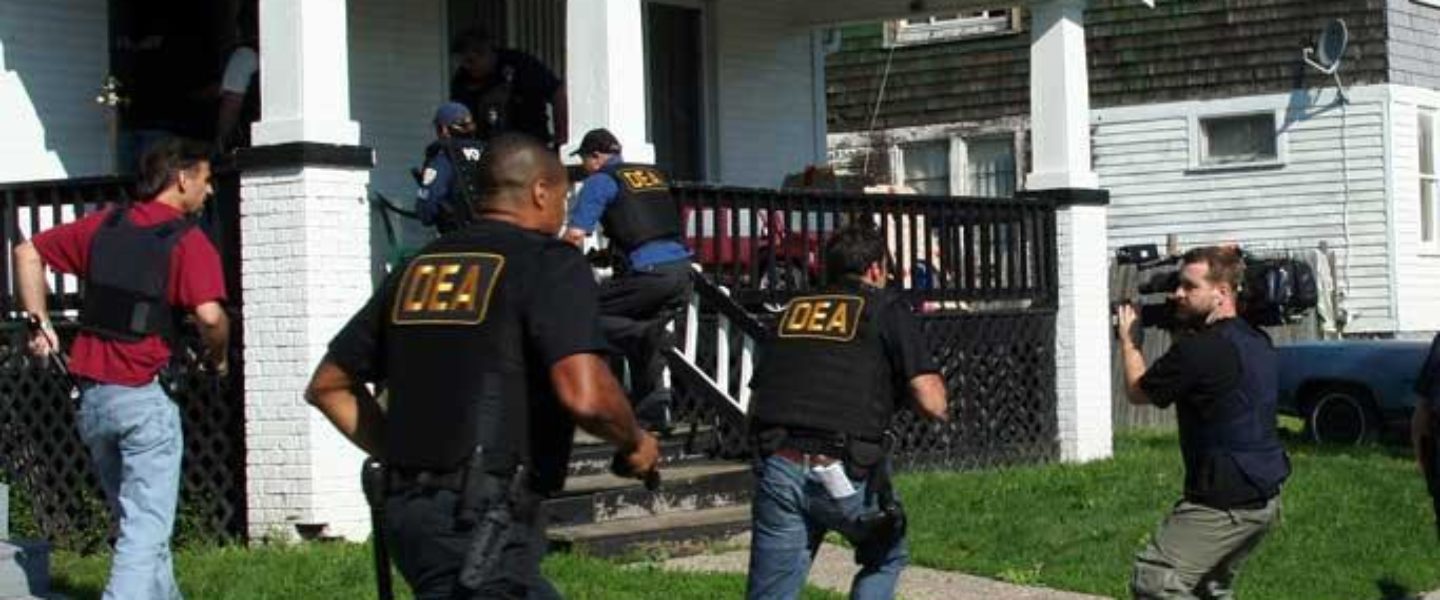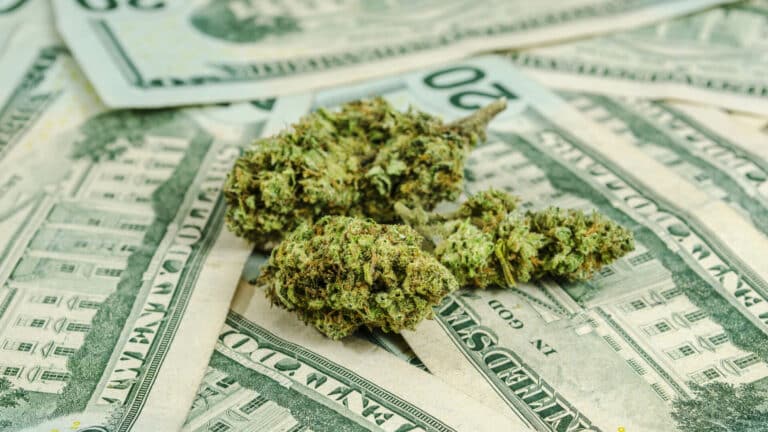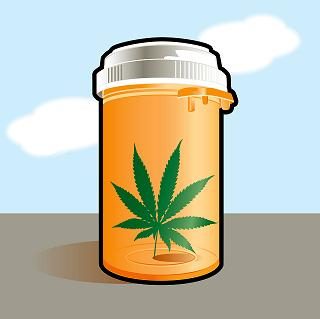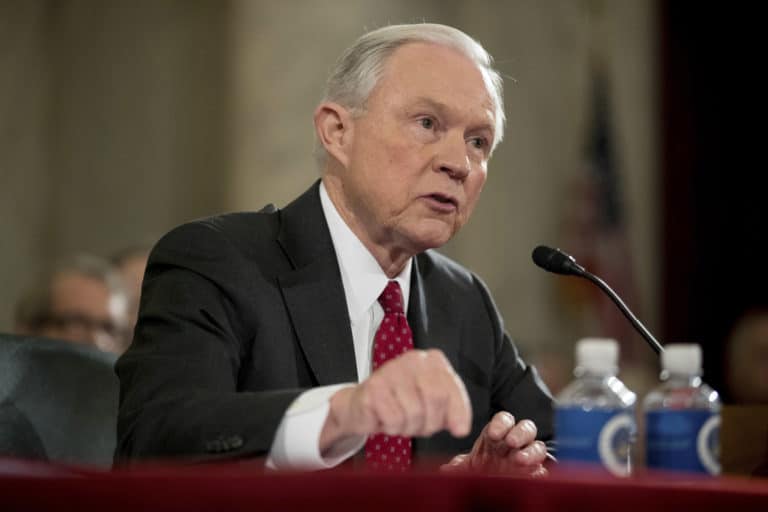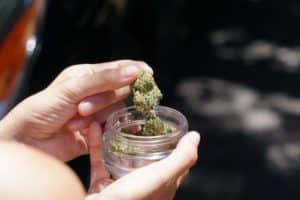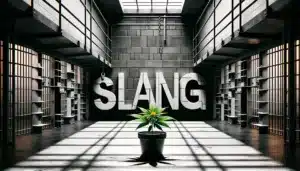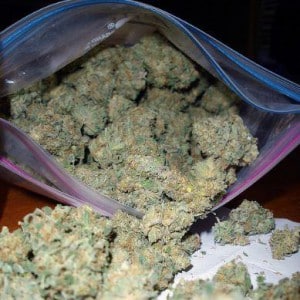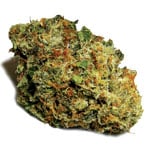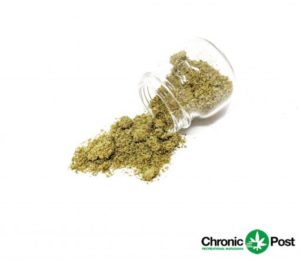The Obama administration released its proposed 2012 National Drug Control Budget Monday and, despite President Obama’s statement just over two weeks ago that the federal government needed to “shift resources” to have a smarter, more effective federal drug policy emphasizing public health approaches, there is little sign of any resource shifting.
Although budget documents said the administration seeks “a balanced approach” of prevention, treatment, and domestic and international law enforcement, law enforcement continues to get the lion’s share of federal drug dollars. Of the more than $26 billion allocated for federal drug control efforts, nearly 60% would go to “supply reduction” (read: domestic and international drug law enforcement and military interdiction) and only 40% would go to treatment and prevention.
And in a time when the clamor for deficit reductions and budget cuts grows louder by the day, the Obama administration drug budget actually increases by 1.3% over 2010. That means it could be in for a rough ride when congressional appropriations committees get their hands on it, although no Republican leaders have yet commented on it.
[Note: All year-to-year comparisons are to Fiscal Year 2010 because Congress still hasn’t passed a FY 2011 budget.]
On the other hand, at least the administration is being honest. Since 2004, the Office of National Drug Control Policy (ONDCP — the drug czar’s office), which produces the drug budget, under drug czar John Walters had used accounting legerdemain to substantially understate the real costs of federal drug control by not including the drug component in the work of a number of different federal agencies. Using the understated figures, this year’s drug budget would have appeared to have been only $15.3 billion instead of the more accurate $26.2 billion, with a false appearance of equality between supply-side and demand-side funding.
[Note: Bush-era drug czar John Walters stated directly, in response to a question I asked at an event, that they omitted budget items that included drug control but were not 100% about drug control — claiming that made the numbers “more accurate,” but not explaining how that made sense in any way. -DB]
“At least they finally got around to fixing the accounting problem,” said Bill Piper, national affairs director for the Drug Policy Alliance.”It took them five years after Congress told them to fix it, but at least they are showing the true cost of things, like incarceration.”
But neither Piper nor representatives of other drug reform groups had much else nice to say about the budget. “It’s very much like last year’s budget, with most money going to ineffective supply side programs and not enough going to treatment,” Piper said. “You have the president and the drug czar talking about treating drug abuse as a public health issue just weeks ago, but their budget continues to treat it as a law enforcement and military issue.”
“I don’t understand how the president can tell us with a straight face that he wants to treat drugs as a health issue but then turn around just a few weeks later and put out a budget that continues to emphasize punishment and interdiction,” said Neill Franklin, executive director of Law Enforcement Against Prohibition and a former narcotics officer in Baltimore. “The president needs to put his money where his mouth is. Right now it looks like he’s simply all talk and no game.”
“I see this similarly to Obama’s approach on needle exchange and crack sentencing — the president supported those reforms verbally, but did nothing else to help them at first, even when he had the opportunity,” said David Borden, executive director of StoptheDrugWar.org. “But when Congress was ready to take them on, the administration provided enough support to get them through. Obama has also supported the idea of shifting the drug budget’s priorities, but again has done nothing whatsoever to make it happen. Maybe what he wants is for Congress to do the heavy lifting on this as well. If so, our movement’s task is to propose a politically viable new version of the budget that does change the priorities, to build support for it in Congress, and then look for the administration to get on board.”
“We’re definitely going to be focused on cutting funding to the drug war during the congressional appropriations process,” said Piper. “We’re already meeting with both Republicans and Democrats to increase support for cutting funding to the Byrne grants, the media campaign, and other ineffective drug war programs. I don’t think there are any sacred cows now, and our goal is to get the drug war on the chopping block along with everything else.”
While there are individual programs that saw cuts in both the treatment and prevention side and the law enforcement side, only in the realm of international anti-drug assistance was there an overall decrease in spending. Although the budget funds foreign assistance at $2.1 billion, that is $457 million less than the 2010 budget, a decrease of 17%. The decrease results from the winding down of Plan Colombia funding, a shift from expensive technologies for Mexico to more programmatic aid, and the re-jiggering of some of the Afghanistan anti-drug spending to be counted as “rule of law” spending.
Proposed spending on interdiction is set at $3.9 billion, an increase of $243 million over 2010 levels. The departments of Defense and Homeland Security account for the bulk of that spending, which includes an increase of $210 million for border security and port of entry facilitation on the US-Mexico border.
But international anti-drug aid and interdiction spending are dwarfed by domestic drug law enforcement, which would gobble up $9.5 billion under the Obama drug budget, an increase of $315 million over 2010 levels, or 3.4%. Unsurprisingly, the single largest domestic law enforcement expenditure is $3.46 billion to incarcerate federal drug war prisoners.
[Note: In the budget, the authors refer to high federal corrections costs because of the high number of drug war prisoners — they make up well over half the more than 200,000 federal prisoners — as “a consequence of drug abuse,” when those costs are more than anything a consequence of public policy decisions made over decades.]
The Office of Justice Grants program, which includes the Byrne Justice Assistance Grants used to fund anti-drug multi-jurisdiction law enforcement task forces, would be slashed substantially, from $3.52 billion in 2010 to $2.96 billion in 2012, but on the other hand, the Justice Department 2012 budget contains $600 million to hire and retain 4,500 new police officers.
“It’s encouraging that they cut funding for the Byrne grants,” said Piper, “but they’re increasing funding for the COPS program. The money is still going to law enforcement, but cutting those grants is a step in the right direction.”
There are a few law enforcement side losers in addition to the Byrne grants. The DEA budget is down slightly, from $2.05 billion in 2010 to $2.01 billion in 2012, but that reflects supplemental spending for the southwest border that was included in 2010. The High Intensity Drug Trafficking Area (HIDTA) program, which has evolved into a prime example of pork, saw its funding slashed to $200 million, down from $239 million.
And while overall treatment and prevention funding was up slightly, by 1% and 8% respectively, those increases are relatively slight, and there are some losers there, too. The Substance Abuse and Mental Health Services Administration (SAMHSA) Prevention grant program would decline from $565 million in 2010 to $550 million in 2012, Drug Free Communities funding would decline from $95 million to $89 million, and substance abuse treatment Medicaid grants to the states would decline from $3.78 billion to $3.57 billion.
On the plus side, spending for the Successful, Safe, and Healthy Students grant program would increase from $177 million to $267 million, Medicare treatment spending would increase by about 10% to $1.463 billion, Substance Abuse Treatment Block Grant funding would increase fractionally, and reentry funding under the Second Chance Act would increase from $30 million to $50 million.
The much criticized ONDCP youth media campaign would remain at $45 million, and the mostly praised drug court program would also remain unchanged, at $57 million.
All in all, despite slight changes in emphasis, the 2012 federal drug control budget is much of a muchness with previous drug budgets, despite the Obama administration’s lip service about changing priorities and embracing the public health paradigm.
“Everyone wants to cut federal spending somehow,” said Piper. “It seems that cutting the drug war would be an easy way to do that without cutting funds to the poor, to education, and other desirable social programs. Obama has said how sad he was to have to cut programs he likes, but he probably could have saved those programs by cutting funding for the drug war.”
Article originally appeared on stopthedrugwar.org under a Creative Commons License.

